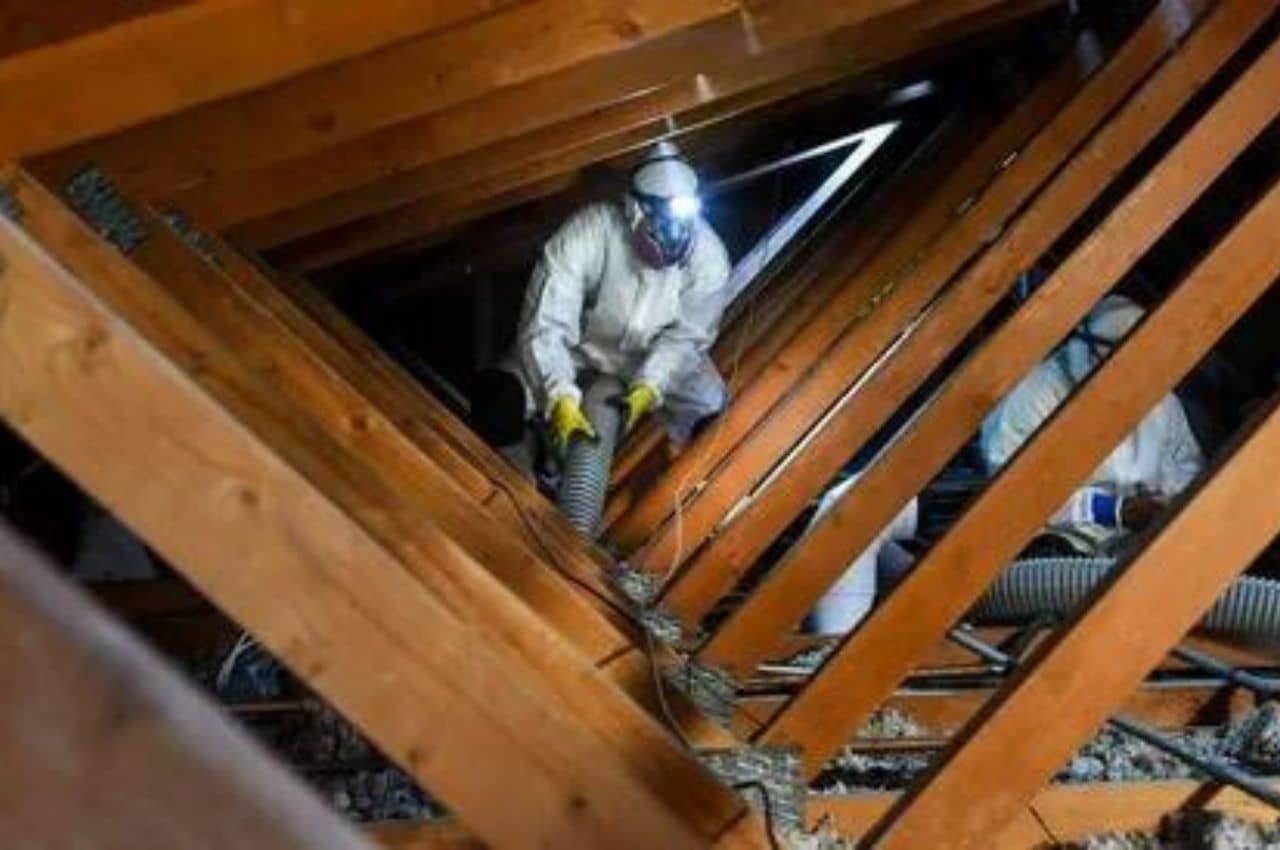Introduction
Attic mold isn’t just an eyesore; it can also be a severe health hazard and damage your property. Mold exposure can lead to various health issues, including allergies, respiratory problems, and skin irritations. Understanding the causes of attic mold and how to prevent and remove it can save you a lot of trouble and expense. Homeowners in areas with high humidity levels, like Seattle, are particularly susceptible to mold issues. For professional help with mold removal Seattle, it’s essential to identify and correct the root causes. This guide will provide practical strategies to help you maintain a mold-free attic, ensuring a safer and healthier living environment.
Causes of Attic Mold
Mold spores are naturally present in the air but need moist environments to grow and thrive. One of the primary causes of attic mold is moisture. Moisture can enter your attic in various ways, including leaks in the roof, poor ventilation, and high humidity levels. Roof leaks can occur due to damaged shingles, ice dams, or poor flashing around chimneys and vents. Inadequate ventilation can trap humid air within the attic, creating a perfect breeding ground for mold spores. Understanding where the moisture comes from is the first step in preventing mold growth. Controlling moisture is crucial to preventing mold because mold thrives in damp and humid environments. Monitoring humidity levels and promptly fixing leaks can significantly reduce the risk of mold growth in your attic.
Prevention Techniques
Prevention is always better than cure, and you can employ several effective techniques to prevent mold growth in your attic. Below are some practical tips:
- Ensure proper ventilation in your attic by installing vents or exhaust fans. These help balance the humidity levels by allowing humid air to escape and fresh air to circulate.
- Inspect your roof for leaks and repair them promptly. Regular roof inspections can help you identify potential problems before they become severe, saving time and money.
- Keep your attic well-insulated to reduce condensation. Adequate insulation helps maintain consistent temperatures, reducing the chances of moisture build-up that can lead to mold growth.
- Check your home regularly for signs of moisture and address any problems immediately. Simple actions like fixing plumbing leaks, using dehumidifiers, and maintaining gutters and downspouts can help prevent excessive humidity.
Identifying Mold
Mold can be tricky to identify, especially if hidden behind insulation or in dark corners. Look out for dark spots or discoloration on your attic walls and ceiling. Mold can also have a musty odor, so trust your nose if you suspect a problem. Early detection is critical to preventing mold from spreading and causing more significant issues. Delayed actions can lead to severe infestations requiring professional intervention. Being aware of the early signs of mold can help homeowners take quick action to prevent it from spreading. Regular inspections, especially in hidden corners and behind insulation, can significantly affect early detection.
Safe Removal Methods
Once mold is detected, safe and effective removal is crucial to ensure it does not spread or pose health risks. Here are some steps to follow:
- Wear protective gear such as gloves, goggles, and a mask. These prevent exposure to mold spores, reducing the risk of health problems.
- Isolate the affected area to prevent mold spores from spreading to other parts of your home. Close the area, turn off ventilation systems, and use plastic sheeting if necessary.
- Use a mixture of water and detergent to scrub away the mold. A diluted bleach solution can be more effective for more stubborn mold, but use it with caution.
- Allow the area to dry completely. Mold thrives in moist environments, so ensure the cleaned area is thoroughly dried to prevent mold spores from regenerating.
- Consider using a HEPA vacuum cleaner to remove any remaining mold spores. HEPA filters are designed to trap microscopic particles, effectively eliminating any residual spores.
When to Call a Professional
The mold problem can sometimes be too extensive or hazardous to handle alone. If you notice structural damage, extensive mold coverage, or health symptoms like respiratory issues, it’s best to call a professional mold remediation service.
Professionals have specialized equipment and expertise, ensuring mold removal efficiently and safely. For extensive mold removal services, exploring options like mold removal in Seattle can provide practical solutions tailored to the specific challenges in the area. Handling significant mold infestations without proper knowledge and equipment can worsen the problem, leading to more extensive damage and higher repair costs.
Dealing with Recurring Mold
If mold keeps returning, it might indicate a deeper issue. Recurring mold could indicate persistent moisture problems or underlying structural issues that need addressing. You may need to consider more extensive repairs or renovations to address these persistent challenges. Prevention steps such as improving ventilation, sealing leaks, and using mold-resistant materials can be practical long-term solutions.
Moreover, prevention is critical, so stay vigilant about regular inspections and maintenance. Monitoring and maintenance are essential to ensure mold does not return after removal. Implementing a proactive approach can effectively tackle repeated mold issues, creating a healthier living environment.
Final Thoughts
Attic mold is a common issue that can be managed with the proper knowledge and tools. You can keep your attic mold-free by understanding its causes and employing effective prevention and removal techniques. Regular inspections and prompt action at the first signs of mold will go a long way in protecting your home and health. Early detection and consistent preventive measures are the keys to maintaining a mold-free attic. By adopting these best practices, you can ensure a safer, healthier living environment for your family.


